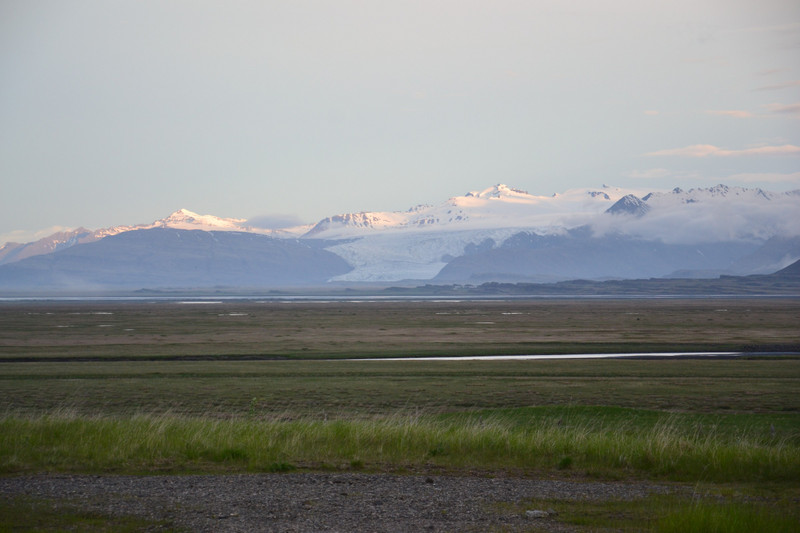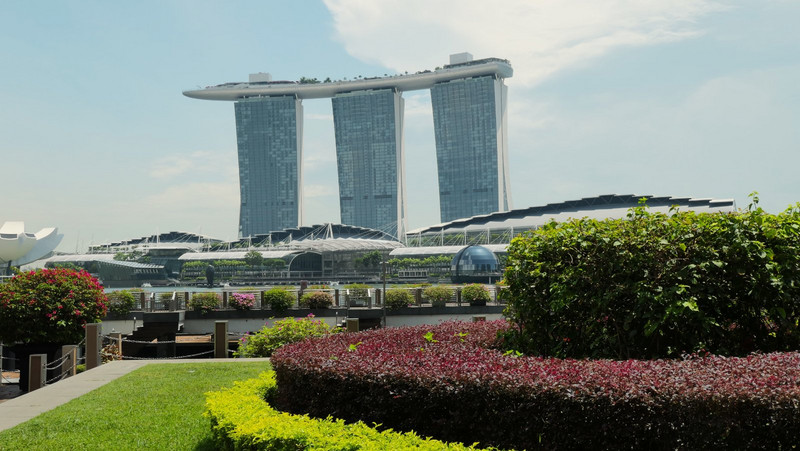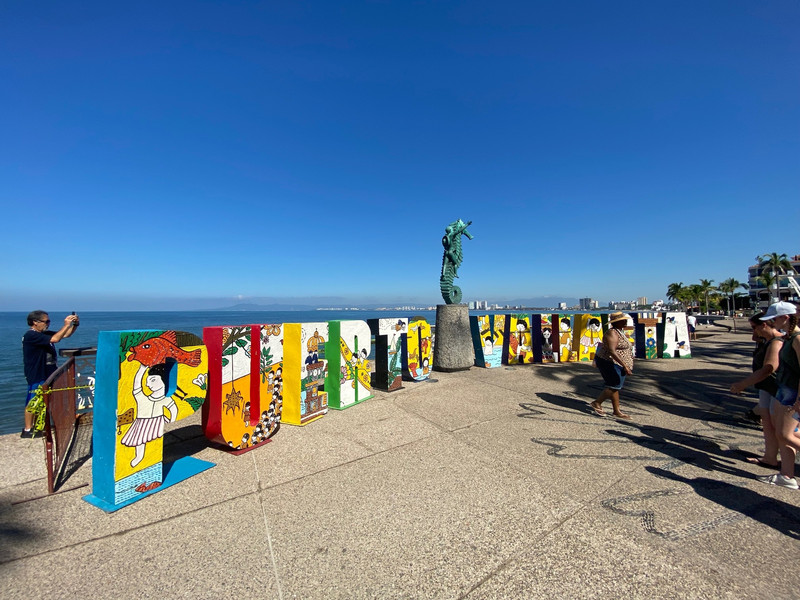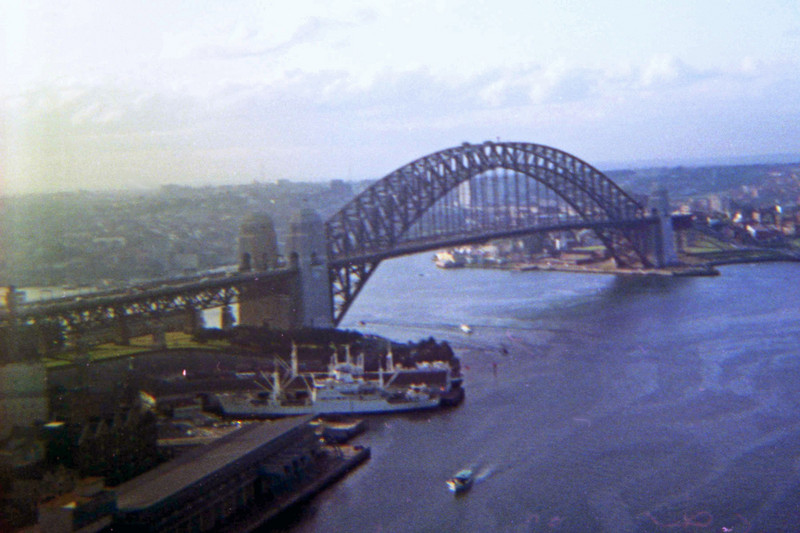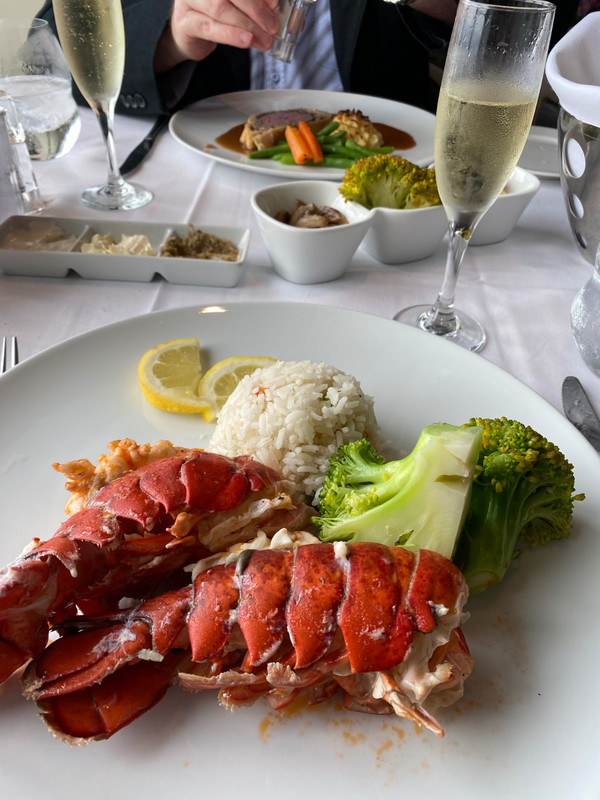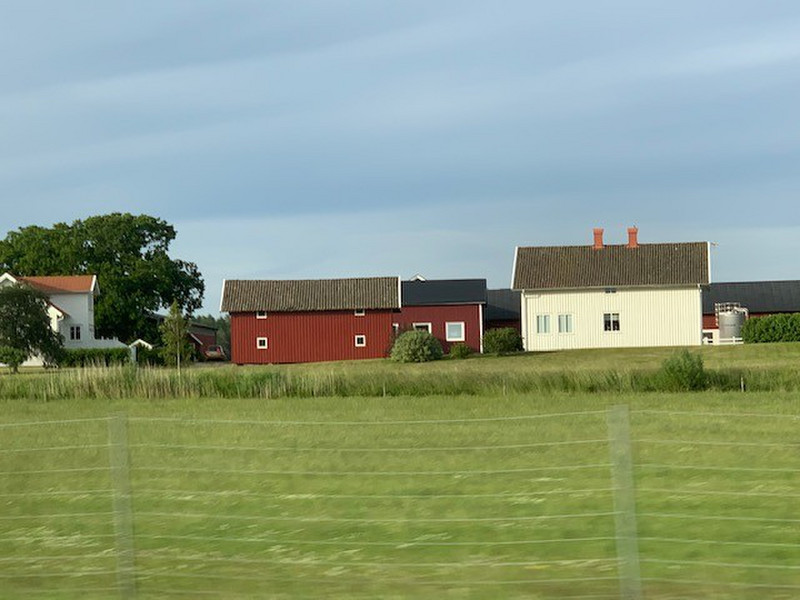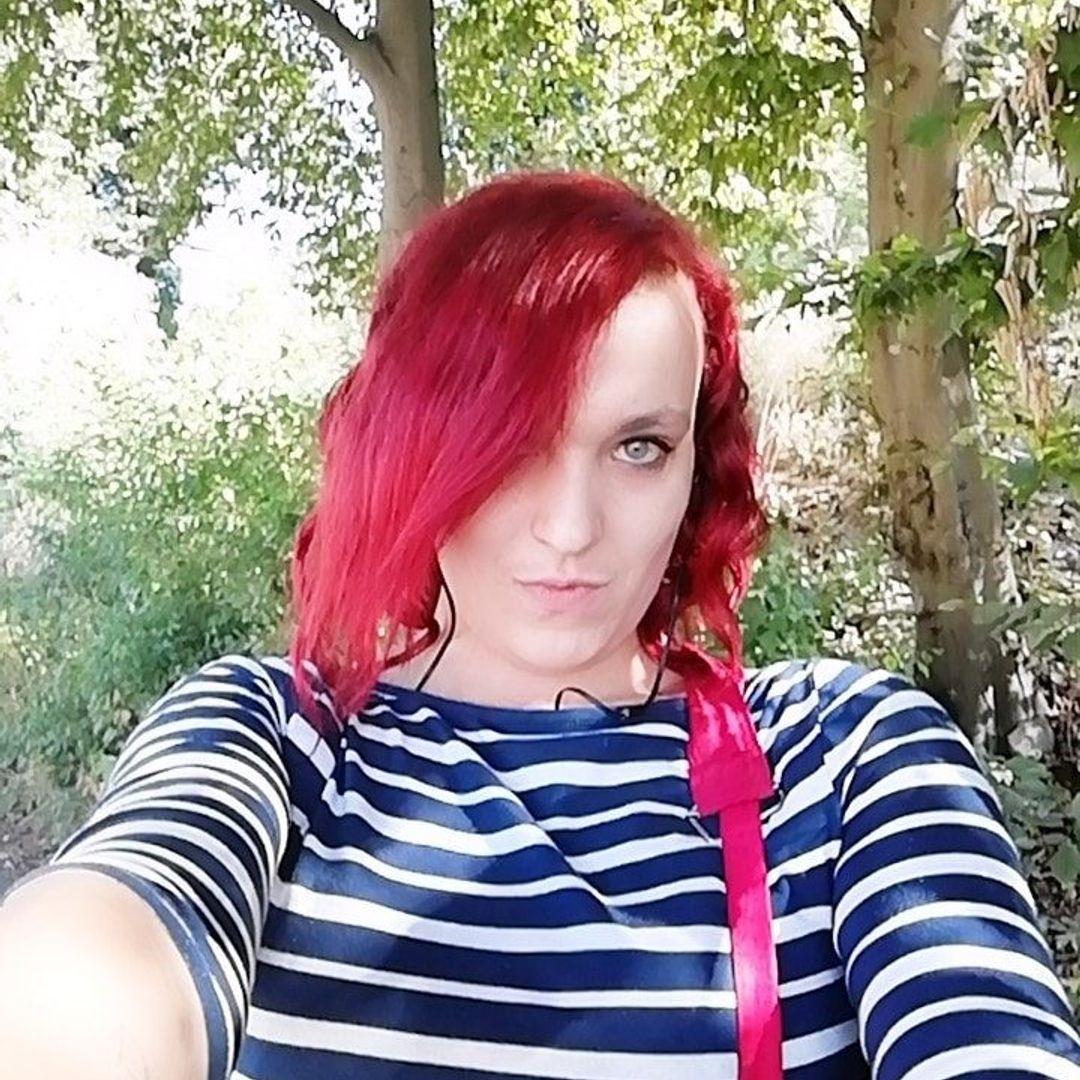Leaving Hotel Jkull near Hfn Hoffellsjkull, a part of Vatnajkull was in prominent view. Vatnajkull is Icelands largest glacier and it, or its subsidiary outlet glaciers like Hoffellsjkull, were visible all day. Icelands may rivers and waterfalls have their origin in glacial runoff. As we continued our drive along the south coast of Iceland, several Caribou were spotted. Herds stay in the highlands most of the year down to the coast in summer. Reindeer were introduced to Iceland in the 18th century. (The animals are known as Caribou in North America and Reindeer in Europe.) They are hunted for food during a limited hunting season.
At the Jkulsrln Glacier Lagoon, we saw another product of glacial action: icebergs. A marvelous sight here were the icebergs calved by Vatnajkull floating out to sea. They were all shades of and were inhabited by seabirds! Some of our group took a DUKW (Duck) tour through the icebergs. Susan and I stayed on shore, but we had wonderful time viewing the icebergs. Two seals even appeared in the waters! Hvannadalshnjkur volcano, highest peak in Iceland at 6,920 feet (2110 m) can be seen from the lagoon. Nearby was the black sand
Hoffellsjkull glacier is an outlet extension of Vatnajkull glacier. Largest glacier in Iceland. DSC_0730p1
Diamond Beach (Breiamerkursandur). We stopped here, too, to walk on the black sand and see the icebergs pass as they made their journey out to sea. Black sand is sand formed from lava (basalt). The same phenomenon occurs in Hawaii. It is coarser beach sand.
Continuing on, we stopped at Hof to view Hofskirkja. Hofskirkja was the last turf church built in Iceland, in 1884. Only six of these of these structures remain. The foundation and roof are made of stone, then covered by soil and grass as insulation.
The Skaftafell Visitor Centre at Vatnajkull National Park gave an view of Vatnajkull glacier and its subordinates. (Skaftafellsjkull, another outlet glacier, is visible from the visitor centre.) Maps showed the glaciers melting and retreat since 1890. A film documented a volcanic eruption of Gjlp under Vatnajkull in 1996. The eruption melted portions of glacier and created massive floods. The resulting floods and icebergs took out the Highway 1 steel girder bridge over the Skeiar River. Twisted remains of the bridge are visible from the highway. Icelandic even has a word for such a sudden glacial flood, jkulhlaup.
of several volcanoes active in recent historical times. We passed Eyjafjallajkull, which erupted in 2010 and disrupted transatlantic flights. Gjlp was noted above. A significant event in Icelands history was the eruption of the Lakaggar fissure on Laki in About twenty per cent of the population of Iceland died from starvation or directly from the sulfer dioxide emitted by the volcano.The volcanic system erupted over an period between June 1783 and February 1784. The volcanic ash affected weather and food production worldwide. (Benjamin Franklin noted the ash and an unusually cold winter in 1784.) Lava rom the eruption created the Eldhraun lava field. A path through the lava field is at the Scenic Green Lava Walk (Gngulei um Eldhraun) The trail leads through the lava field and its granite boulders, all covered now in the moss.
On our last night on the road, we stayed at the Hotel Katla outside Vik. Our beverages included 1,000 year old ice from Vatnajkull.
